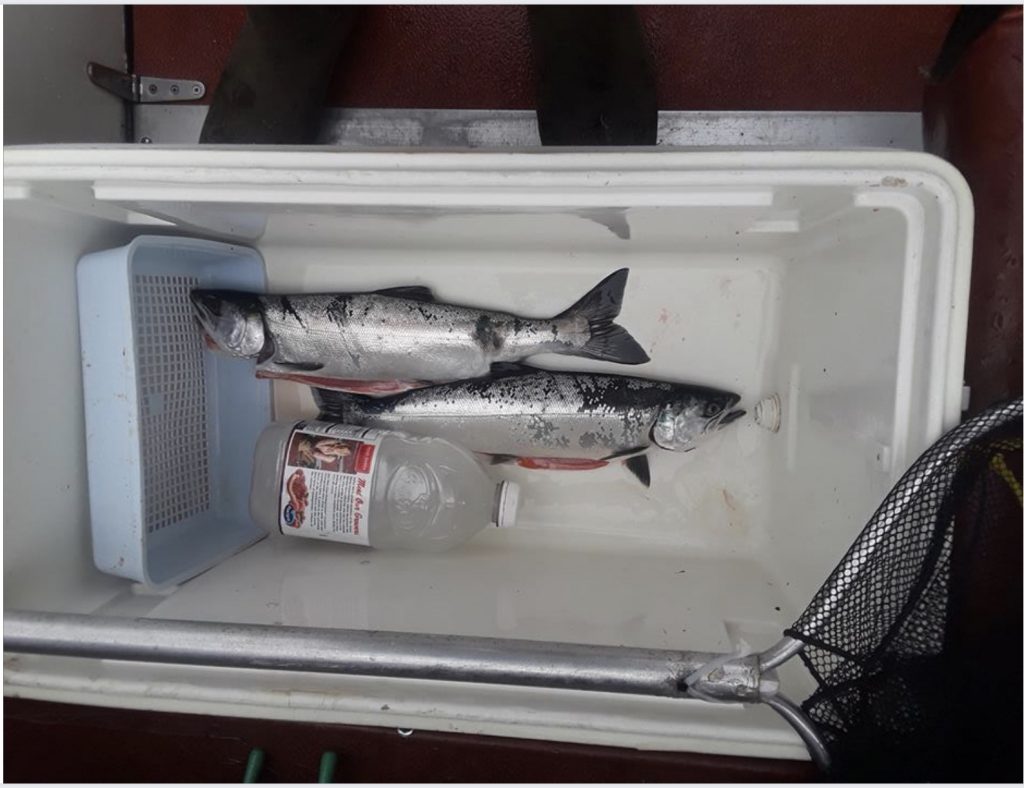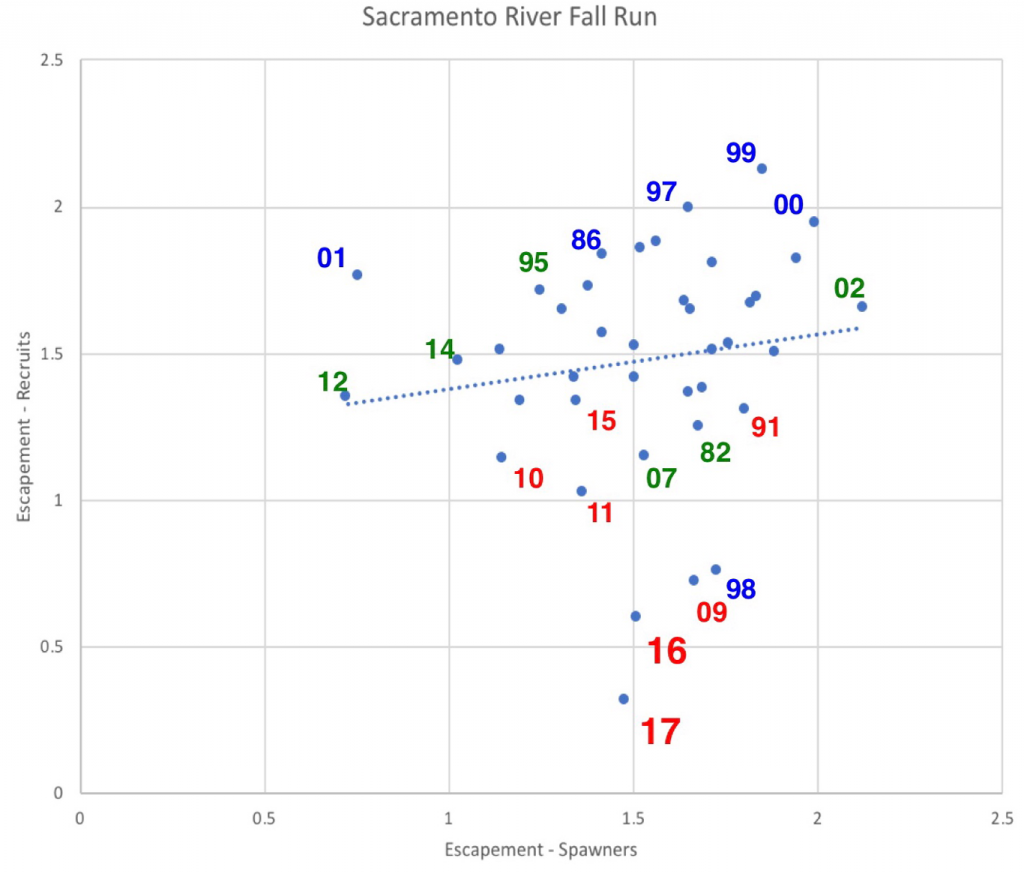Low flows in the lower Sacramento River above the Feather River and warm flows from the Feather River are compromising the summer habitat of smelt and salmon in the lower Sacramento River and the Delta, violating state and federal water quality standards.
Lower Sacramento River at Wilkins Slough
The Sacramento River at Wilkins Slough at river mile 118, 63 miles upstream of the Sacramento Delta, has low flows and high water temperatures (Figure 1). The high water temperatures are a violation of the 68oF (average daily) water quality standard and are stressful to migrating salmon.
Lower Sacramento River at Verona below mouth of Feather River
The lower Sacramento River 50 miles downstream of Wilkins Slough at Verona, just downstream of the mouth of the Feather River, has near lethal water temperatures, far above the water quality standard (Figure 2). The high temperatures are likely due in part to recent increased releases from Oroville Reservoir to lower water levels for the spillway repair project.
Lower Sacramento River in Delta
The lower Sacramento River at Freeport in the north Delta, 25 miles downstream of Verona, has near lethal water temperatures for Delta smelt (Figure 3). The high temperatures are likely due in part to recent increased releases from Oroville Reservoir to lower water levels for the spillway repair project. The north Delta water temperatures are also high in part due to lower than normal net river flow (as measured at Rio Vista 20 miles downstream of Freeport – Figure 4). The low flows have also led to encroaching salinity at Emmaton several miles downstream of Rio Vista (Figure 5), also in violation of water quality standards.
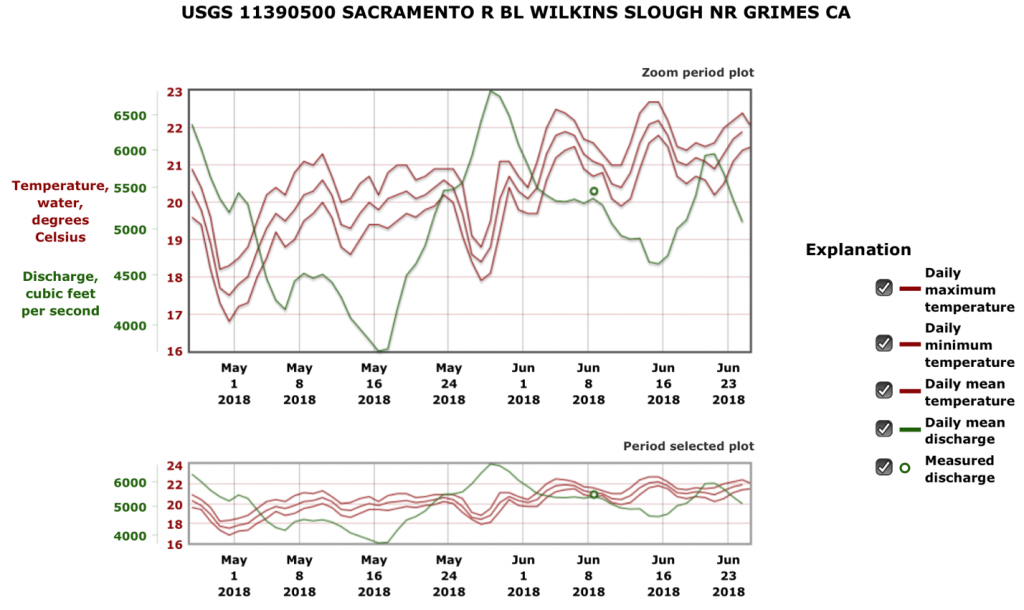
Figure 1. Sacramento River at Wilkins Slough flow and water temperature in May-June 2018. The water temperature standard for the lower Sacramento River is 20°C (68°F).
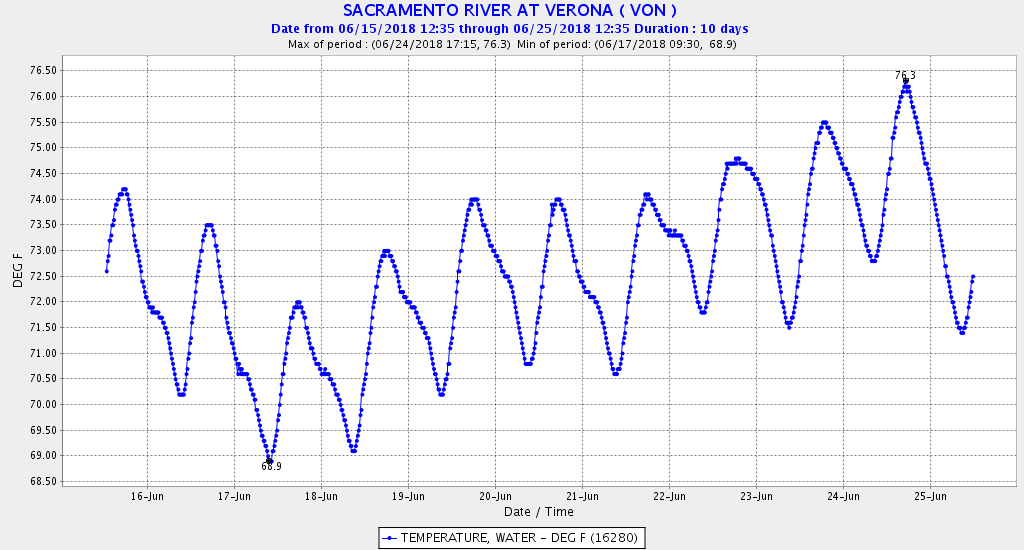
Figure 2. Sacramento River at Verona water temperature 6/15-6/26, 2018. The water temperature standard for the lower Sacramento River is 20°C (68°F).

Figure 3. Sacramento River at Freeport water temperature 6/15-6/26, 2018. The water temperatures above 72°F are stressful to Delta smelt.

Figure 4. Rio Vista daily average historical and 2018 flow May-June.
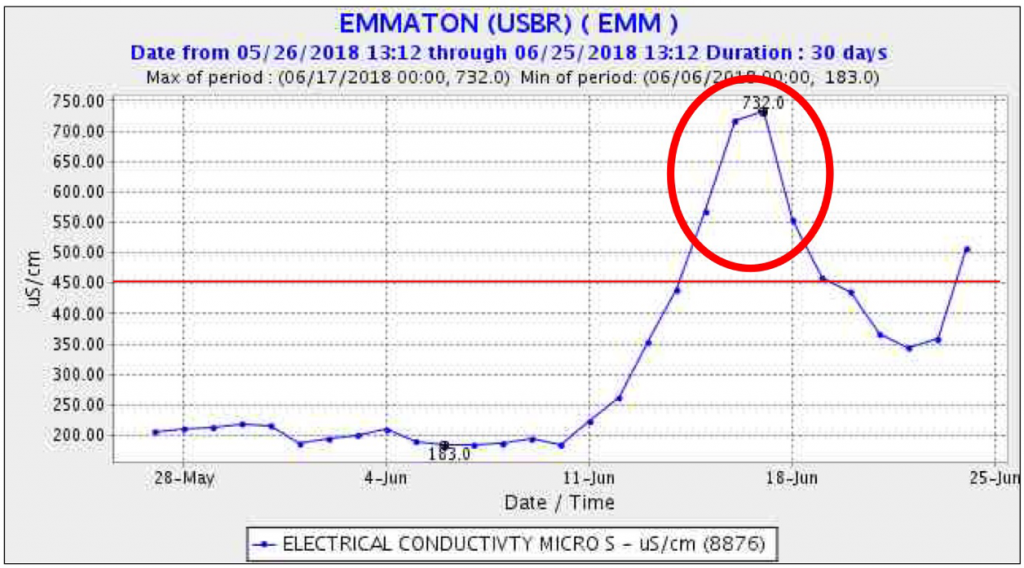
Figure 5. Salinity (EC) at Emmaton near Rio Vista. The standard of 450 EC (uS/cm) was exceeded from 6/15 to 6/18, 2018. The standard is necessary to keep the low salinity zone, critical habitat for Delta smelt. west of the Delta.

